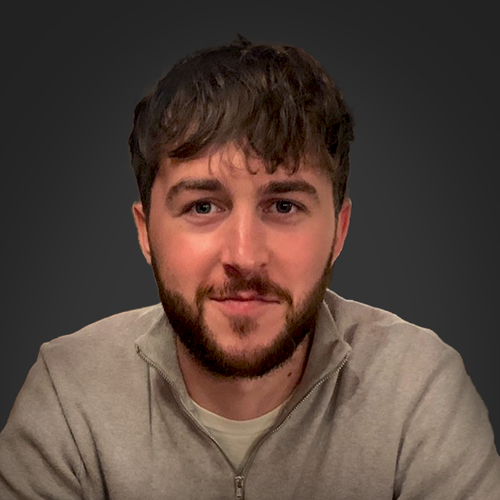As AntWorks’ design and brand manager one of the challenges I wrestle with is how to present the complexities of AI-driven Intelligent Document Processing (IDP) visually.
On a more prosaic level this is fairly straight forward. I can quite easily create process diagrams to show the order in which things happen, videos using screen recordings to give people a hand-on flavour of how our IDP solution works, graphics to present case studies and results.
But how do you illustrate the strengths, and limitations, of artificial intelligence in a way that’s engaging?
There is a lot of library art out there, but most library art seems to be created to offend as few people as possible and consequently engages or inspires next to no one. After a while people start to filter out all the bland images of robots and brains and groups of models posing as executives.
But one of the areas of AI that has really started to grab the public imagination is AI-art. For a start it’s really immediate. You can see at a glance what the AI has produced.
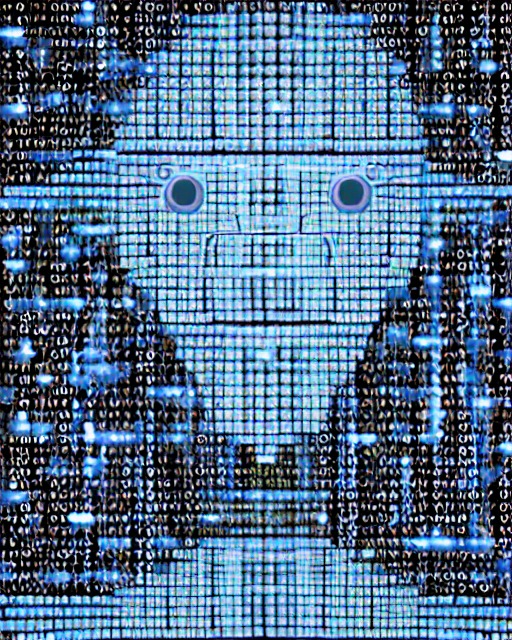
A lot of AI art is amazing. But I’m not so sure that it’s amazing for the quality of the art as for the fact that it has produced something recognisably ‘human’ to an impressive degree.
Recently we wanted to highlight AntWorks’ presence at a series of industry shows; InsureTech Connect in Las Vegas, the financial services show, Sibos, in Amsterdam and the Intelligent Automation Congress in Milan.
Lacking the time to create lots of visual content to promote events on social media my colleague Jonathan and I turned to AI.
With the help of our friend Shaun Streeter we decided to use the AI-image generator Stable Diffusion. There’s an explanation of how it works here.
AI image generators need training just like any other AI, and even when trained the results are heavily dependent on the questions you ask them.
For the first event, InsureTech Connect in Las Vegas, Jonathan suggested asking the AI to produce images of insurance and Las Vegas in the style of the British cartoonish Ralph Steadman. Steadman, because he illustrated Hunter S. Thompson’s gonzo classic Fear and Loathing in Las Vegas.
The results varied from the so-so to the stunning. They’re obviously not by Steadman but they’re clearly an homage to him.
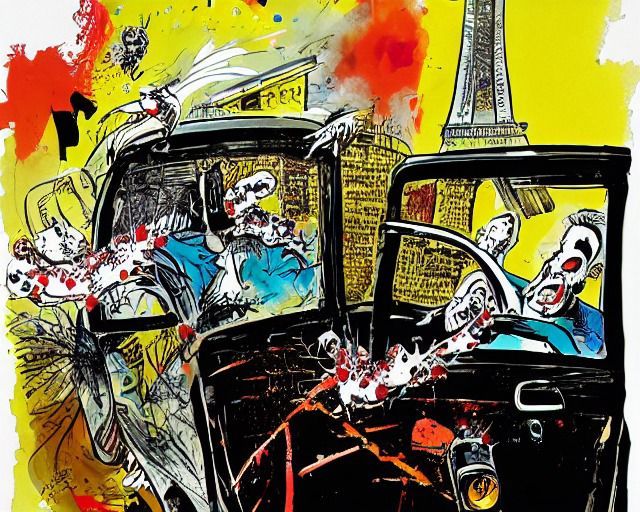
The RenAIssance
For the Milan event AntWorks’ CEO, Mike Hobday, wanted to play with the idea of ‘renaissance’; Milan being a major centre of the renaissance (renaissance literally meaning ‘rebirth’) and because it serendipitously contains the letters AI.
So, we asked Stable Diffusion to create images of document processing in the style of a range of renaissance masters; Bosch, Botticelli, Caravaggio, Donatello, Raphael, Michelangelo, Tintoretto and so on.
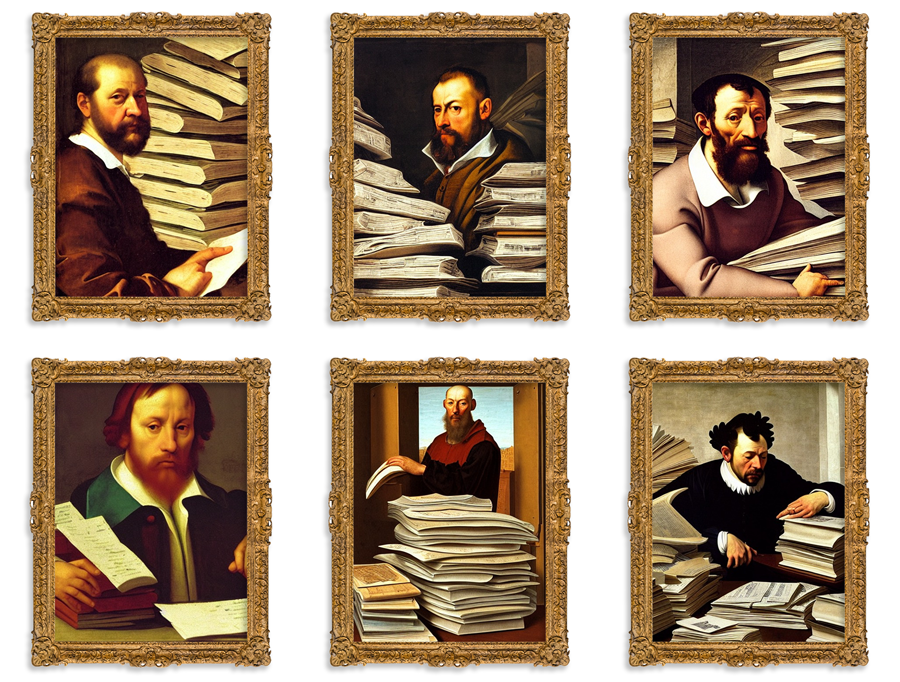
This was fascinating. For each artist we put keywords and phrases such as document processing, renaissance and ‘in the style of [artist name]’ into Stable Diffusion. Every batch was quite distinctive, some were better than others but all seemed to capture something of the style of the specified artist. There were moments when the AI definitely struggled. For some of the artists the faces seem to draw on self-portraits suggesting that either the instructions to the AI weren’t framed sufficiently well or that it struggled to process the idea of ‘in the style of…’ as opposed to ‘images of…’
The AI also doesn’t like fingers. Many artists will tell you that hands are hard to draw. That seems to cause Stable Diffusion problems too. Many of its images show people with too many or too few fingers or with fingers like (slightly disturbing) small tentacles; a bit weird, but then so was Hieronymus Bosch.
Human-in-the-loop
Meanwhile, for Sibos, coming as it did immediately before the Intelligent Automation Congress, we wanted to draw together the ideas of the renaissance with banking and to include images of Mike, our CEO. Training Stable Diffusion to produce images of a person generally requires a broad range of pictures of the subject from different angles and distances and showing a range of expressions.
We didn’t have as varied selection of pictures of Mike as would have been ideal. Nevertheless, the AI did a pretty creditable job. This image got 98% of the way there. I just fixed Mike’s lip and greyed his hair a little in Photoshop.

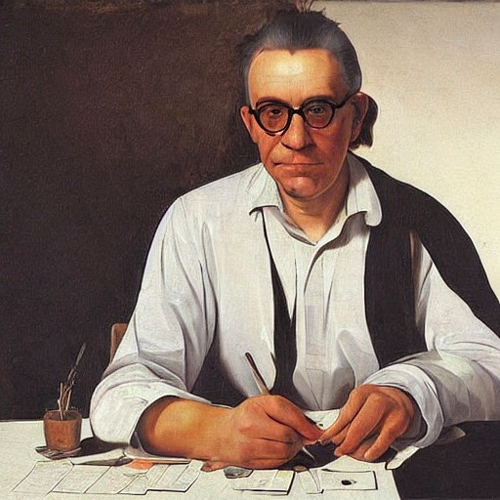
That’s a pretty good analogy for Intelligent Document Processing. Some companies claim very high levels of accuracy but fail to mention that’s achieved with human intervention.
The truth is that accuracy starts lower and improves with training. The more a human-in-the-loop intervenes and corrects small mistakes the more the system improves. It’s about progressively moving the system’s accuracy towards 100%.
Where documents are less important some companies might be happy to let the system process them without human intervention knowing that the last 3-4% of accuracy isn’t critical. When the material being processed really matters the likelihood is that a human would still check the results even if the solution was consistently 99% right. After all, some matters aren’t left to one human alone – work is regularly checked over by a second or third colleague, often someone more senior. So some companies will want their IDP to be entirely automated while others will never let anything pass without human QA. That’s a business decision.
Meanwhile this whole process left me feeling that, for now at least, there’s something not quite there yet about AI art. Much of what I’ve seen could be called kitsch. To be fair there’s a lot of kitsch art out there that’s been created by humans, but there’s also Holbein and Vermeer, Hockney and Bacon, which has a human spark that AI has yet to reproduce.
But what about us?
As someone who works in the visual arts, part of me wonders what the impact will be on artists. I’m not sure we should be worried. I’m sure that when ceramics started being mass produced potters were worried. Doubtless a lot of work for workman potters disappeared. But there are still thousands of people producing amazing ceramics and however many IKEA dinner sets people buy they’ll still treasure the handmade pots, plates and art objects that have been shaped by the human hand. Mass production had widened access to everyday ceramics without reducing the value of ceramics as an artform. Many would argue that mass production has actually increased the value we place in things that are made by hand. I really appreciate the time, creativity and personality that people pour into their craft. The imperfections, if you can call them that, make their creations that much more special.
By the same token Intelligent Document Processing isn’t going to make humans redundant. Many documents need studying with an experienced eye. But typing in the data mostly doesn’t. And who aspires to a career in data entry?
At a time when unemployment in the US and UK are at long term lows that simply means there’s a better alternative to recruiting and training new people – freeing experienced colleagues from routine and unchallenging tasks so they can put their skills to work, just like we’ll always value an original Titian more than one produced by a machine.
